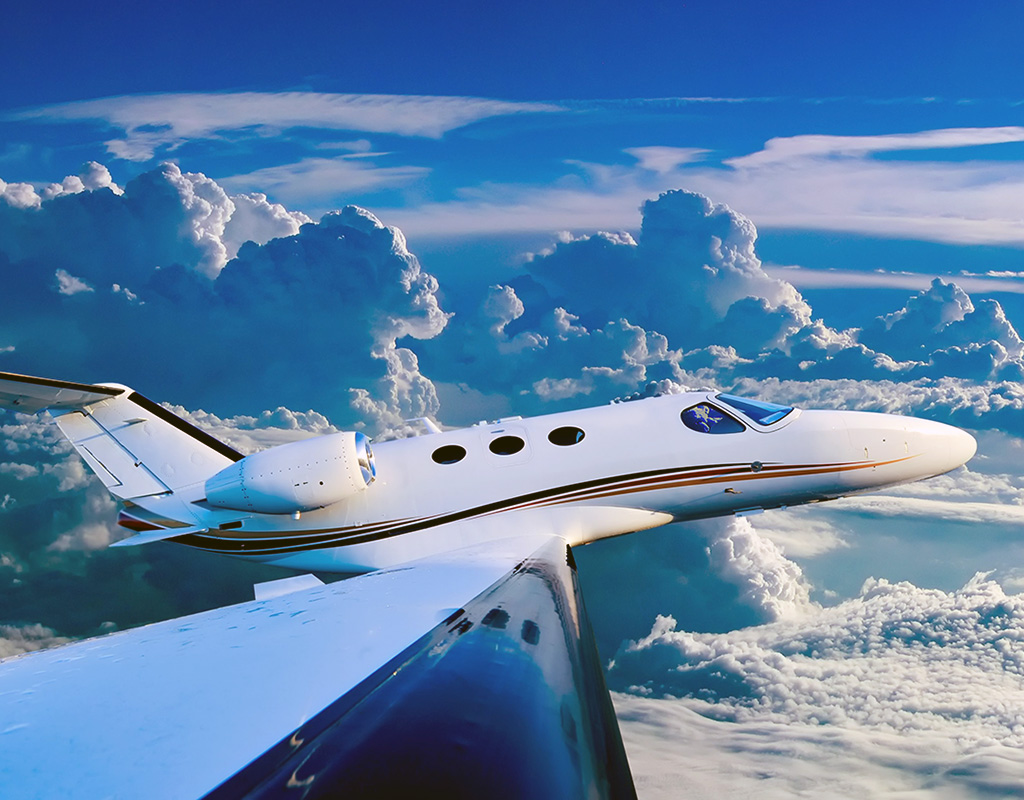
The business aviation market is defying the supply and demand rule as both inventory and asking prices are continuing to rise during the third quarter (Q3) of the year.
Inventory of pre-owned business jets is continuing to rise monthly since March this year, although it is still below 2021 levels, according to Asset Insight’s (AI) Q3 2022 Market Report. Aircraft inventory has now risen by more than 11% compared to Q2.
At the same time, the average ask price increased 8.9% this quarter compared to Q2, setting a 12-month peak at $5.2m, although according to AI unlisted sales are down substantially. Mid-size jets claimed the biggest increase in asking price with a rise of 140% year-over-year.
But AI said the norm-defying market may not last for long.
“The pre-owned business aircraft market continues to defy the generally accepted laws of supply and demand,” said Tony Kioussis, president, Asset Insight. “As we enter the final quarter of 2022, we have to ask ourselves, what will give and when?”
He added: “Will we see inventory continue to climb and price increases naturally ebb? Will we see prices continue to climb while fewer aircraft enter the for-sale fleet? Or will the business aircraft market continue to redefine basic economic principles?”
Kioussis said that Q4 and 2023 will be “illuminating” in answering these questions.
The quality of the listed jets for sale was marginally lower (-0.1%) for the quarter compared to Q2, but improved by 1.1% year-on-year, remaining in “excellent” quality.
AI also studied the Maintenance Exposure-to-Price Ratio (ETP), which calculates a percentage based on the overall cost of the aircraft including the price of expected future maintenance. The latest ETP decreased overall, meaning the listed fleet for sale were more marketable to buyers.
An ETP over 40% shows excessive maintenance costs will be needed in relation to the ask price. During Q3, aircraft with ETP above 40% and therefore with excessive maintenance costs were on the market for 89% longer than those below 40% (331 versus 175 days on the market).

